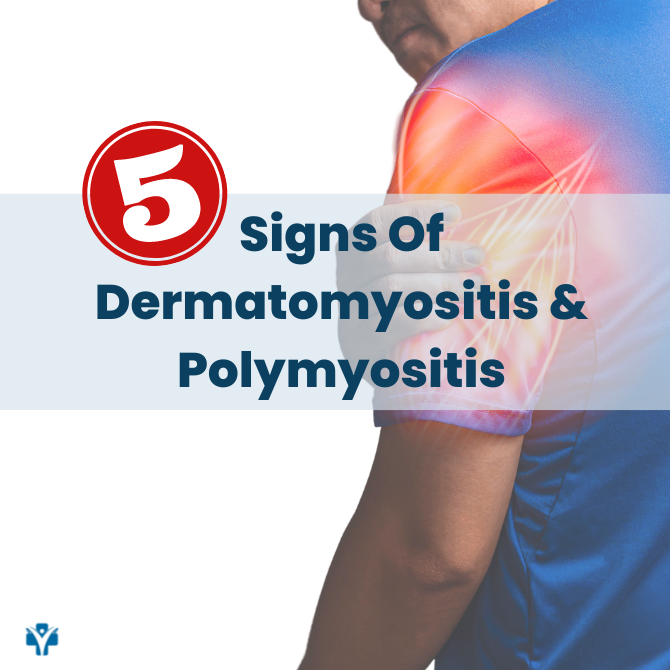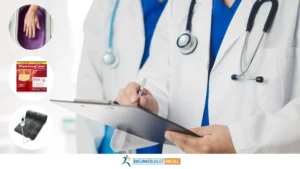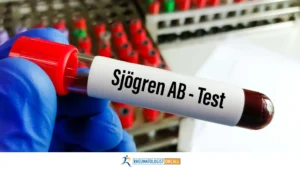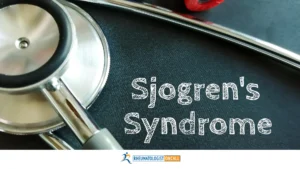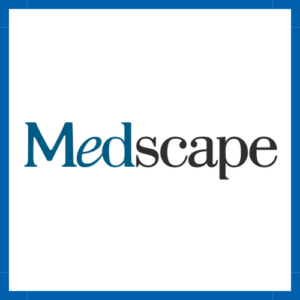SHARE
Myositis is an inflammatory disease of the muscle. In rheumatology, we talk about Dermatomyositis when both the skin and the muscles are involved, and we talk about Polymyositis when only the muscles are involved. There are also other types of myositis, but in this article, I will discuss the most common signs and symptoms of Dermatomyositis and/or Polymyositis.
Let’s begin!
Muscle weakness
Muscle weakness is the most common symptom. The patients will describe proximal muscle weakness involving the upper part of the arms or the legs. The weakness onset is gradual, usually over a few months, and involves the shoulders and pelvic area. Patients will describe getting quickly tired when they comb hair or wash their hair in the shower or when they use their arms for a repetitive action. They will have difficulties to get out of a chair or car. They will have to push themselves out of the chair or ask for help to get out of their car. Most of the time, they don’t have pain but feel extremely weak.
Rarely, the disease can involve the neck muscles, and that will cause changes in the voice or difficulties swallowing food. If you have these signs, they are indicative of more severe disease.
Skin changes
There are many skin changes in Dermatomyositis, where most of the time, both the skin and the muscles are affected. However, there are some variants of Dermatomyositis that have no muscle involvement. The most common skin changes seen are
Heliotrope rash: this is a purple rash affecting the eyelids, malar region, forehead, and nasolabial folds.
Gottron’s papules: these are purple to red flat or raised lesions over the dorsal surface of metacarpals and sometimes over the interphalangeal regions of the fingers (i.e., knuckles). The rash can also occur on the elbows and knees.
V-sign rash: this is a rash over the anterior chest and neck area
Shawl-sign rash: this is a rash over the shoulders and upper part of the arms.
Holster-sign rash: this is a rash over the lateral aspect of proximal thighs
Mechanic’s hands: these are cracking and fissuring of the finger pads’ skin, especially the index finger’s radial side; More commonly seen in Polymyositis than Dermatomyositis.
Nail changes
Patients with Dermatomyositis can develop a rash around the nails that we call “periungual erythema”, sometimes accompanied by cuticular overgrowth. If we look with a magnifier and add a drop of emersion oil, we can see a lot of dilated capillaries.
Subcutaneous calcification
Calcifications are calcium deposits under your skin. They may appear over the elbows but sometimes over the knees and other body areas. These changes are more frequently seen in children with Dermatomyositis.
Elevated muscle enzymes
Elevated muscle enzymes are essential laboratory tests when we suspect an inflammatory muscle disease. The test that we use to check if you have muscle inflammation is called creatine phosphokinase (CPK).
This test is elevated almost in all patients with Polymyositis and Dermatomyositis.
We can get other laboratory tests like aldolase, myoglobin, Lactate dehydrogenase (LDH), liver enzymes (AST, ALT). These tests are elevated in most patients with an active inflammatory muscle disease.
If you have an autoimmune disease and need help, you are welcome to check out our practice and get the help you need when you need it the most. Rheumatologist OnCall is a telemedicine rheumatology practice that broaden the access to a specialist in very short time, when you need it the most, and breaks the geographical barriers. Check out the states where we are licensed to see patients in the US and reach out to us if needed. We are happy to serve you.

